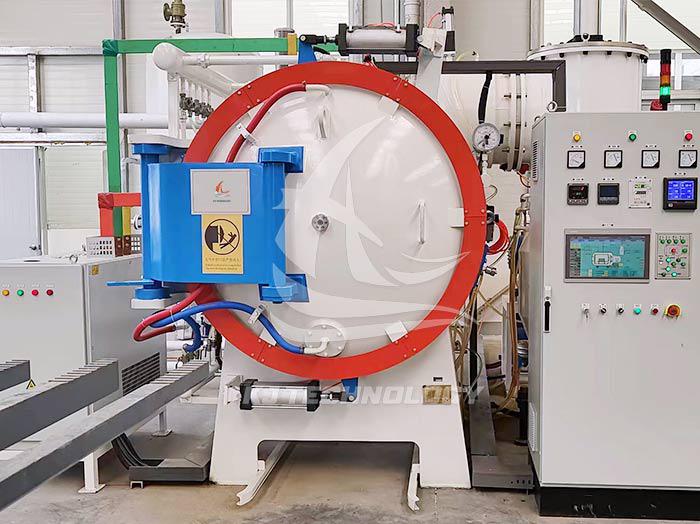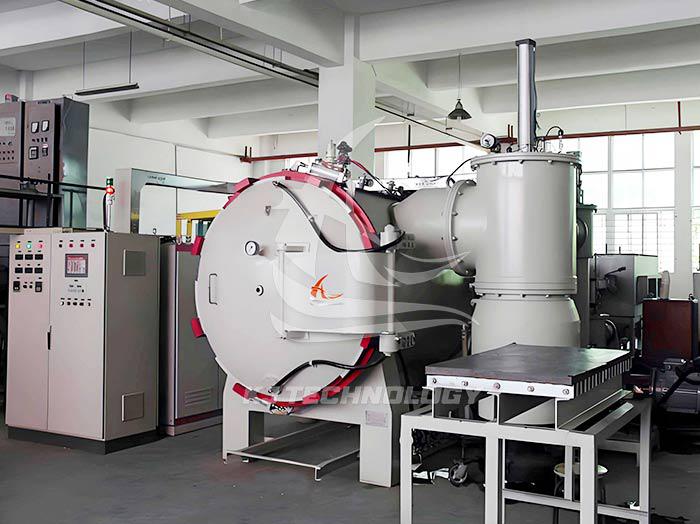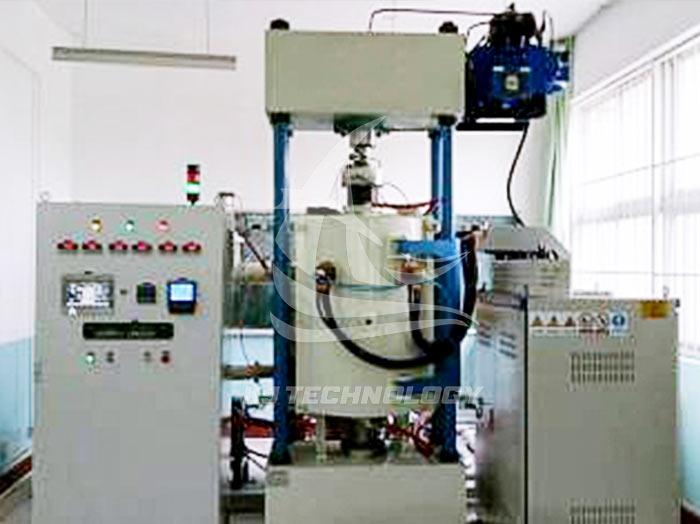Can high vacuum air quenching furnace improve the hardness of workpieces?
 11-18-2025 Author: KJ technology
11-18-2025 Author: KJ technology
High vacuum air quenching furnace can improve the hardness of workpieces. Through the synergistic effect of vacuum environment and high-pressure gas quenching, it forms comprehensive advantages in material performance strengthening, process parameter control, deformation control, and surface quality improvement, ultimately achieving a significant increase in workpiece hardness. The specific analysis is as follows:
1. Material performance strengthening mechanism
The degassing effect in a vacuum environment can remove micro pores inside the workpiece and improve material density. For example, after treatment, the hardness and impact toughness of mold steel are increased, and the service life is extended by more than three times. This density enhancement lays the foundation for hardness growth, while further strengthening material properties by optimizing the microstructure (such as carbide distribution).
2. Advantages of process parameter control
By adjusting the gas type (nitrogen, argon, helium), pressure (0.8-20bar), and flow rate, the cooling rate can be precisely controlled. For example, after treatment with 0.8MPa nitrogen gas and a cooling rate of 3 ℃/s, the powder metallurgy high-speed steel S390 has lower red hardness compared to salt bath quenching. However, by optimizing parameters (such as increasing the pressure to 10-20 bar), the difference can be significantly reduced, and even hardness inversion can be achieved. This parameter adjustability provides technical support for improving the hardness of different materials.
3. Deformation control and surface quality improvement
Uniform cooling reduces thermal stress, resulting in deformation of the workpiece that is only one-third of that of salt bath quenching. For example, the radial deformation of the turbine disk of an aircraft engine is reduced after treatment, meeting the requirements of high-precision assembly. The surface smoothness reaches mirror level (such as automotive transmission gears), avoiding subsequent polishing losses and indirectly retaining the original hardness of the material.
4. Typical Material Handling Cases
Structural steel: 2MPa nitrogen quenching achieves higher surface hardness and increased core hardness.
High speed steel: The helium cooling rate reaches 100 ℃/s, and the red hardness is improved.
Titanium alloy: High vacuum environment avoids loss of volatile elements, and the hardness after treatment meets aerospace grade requirements.








